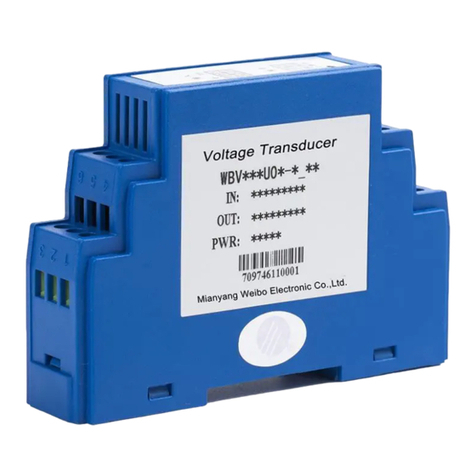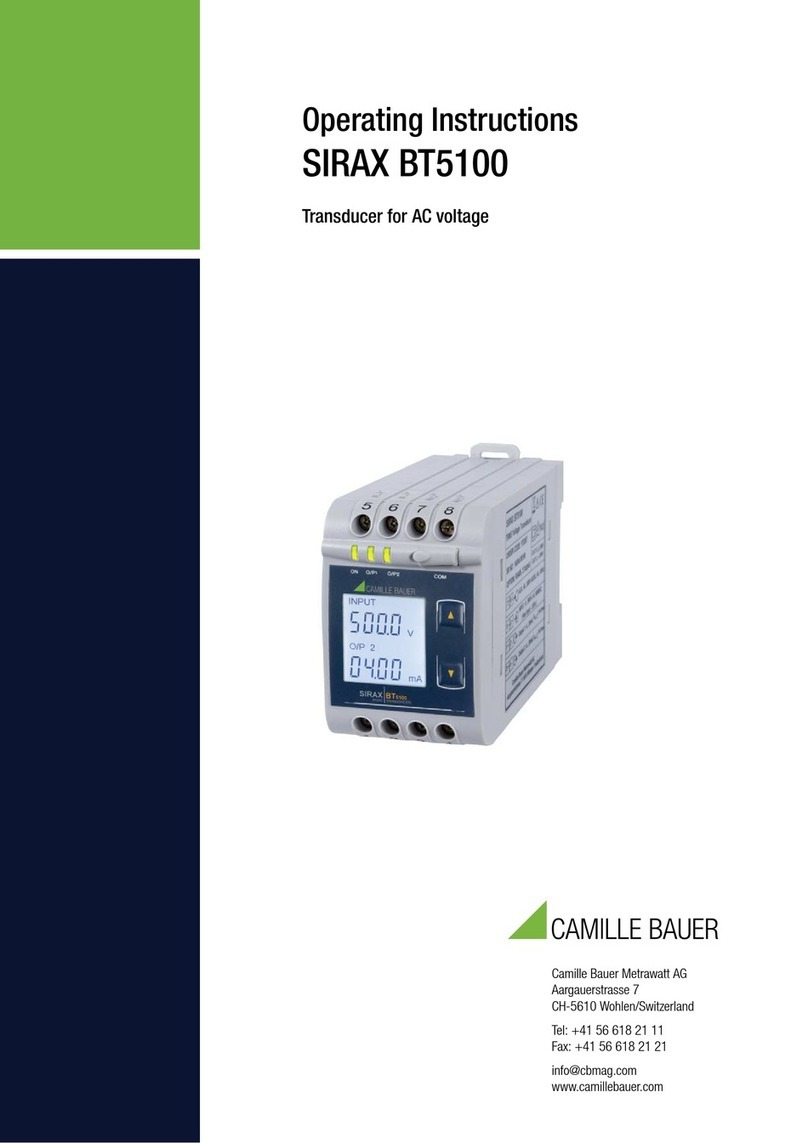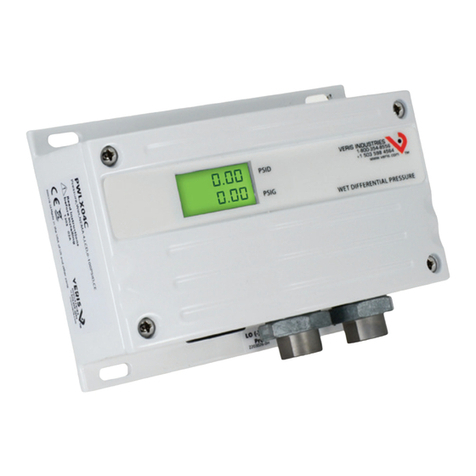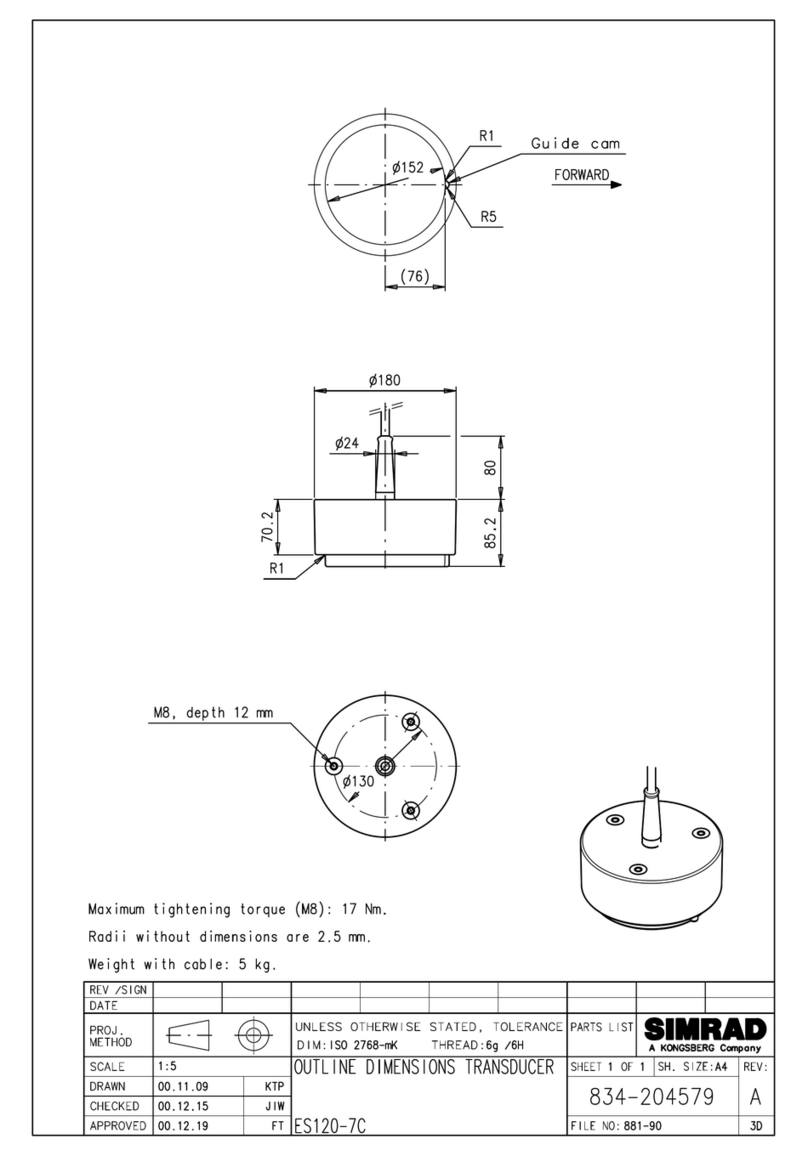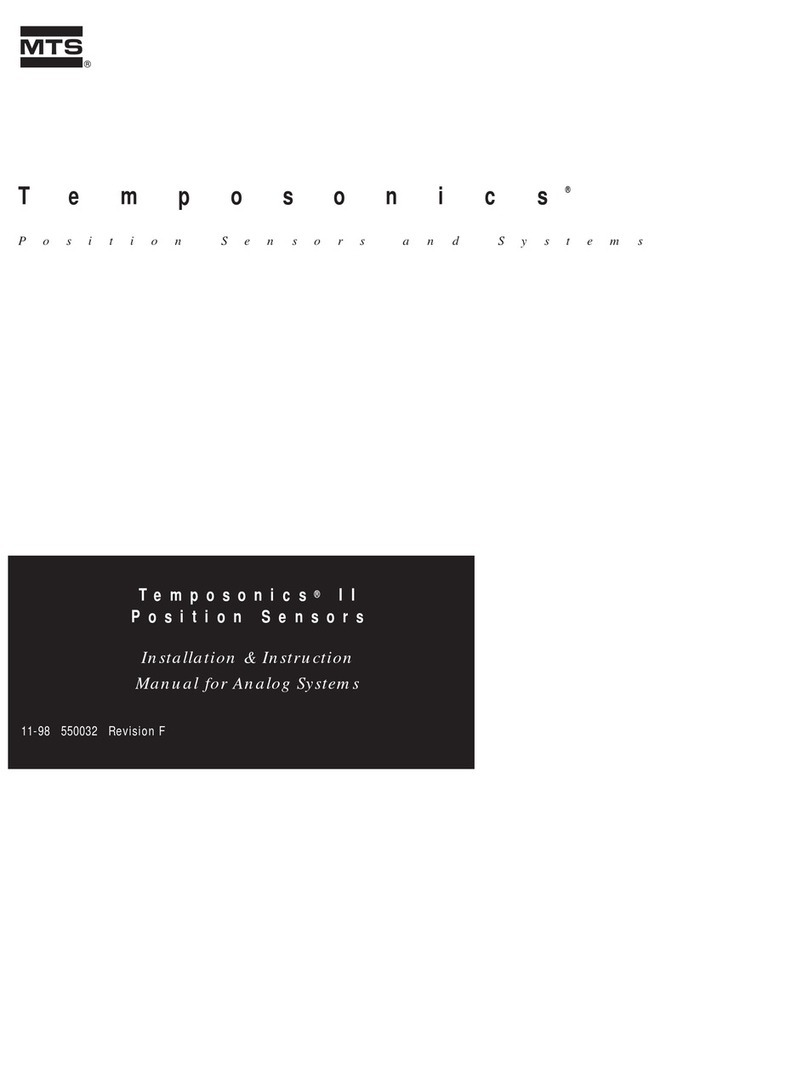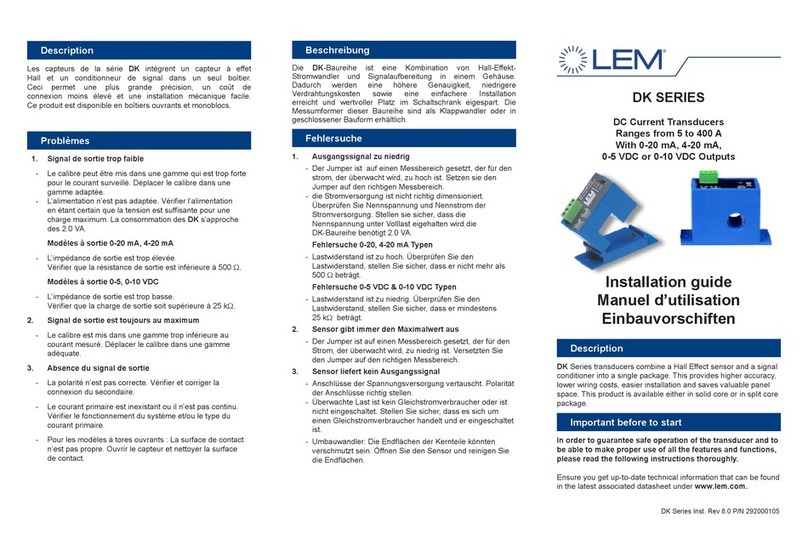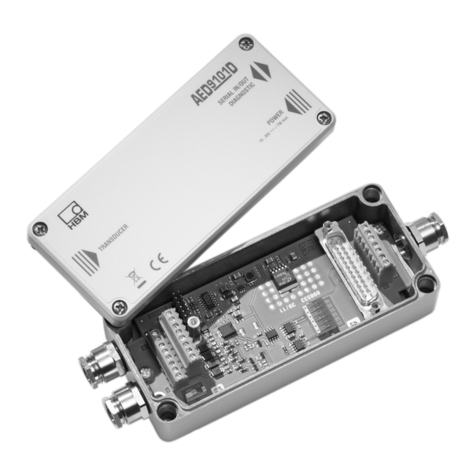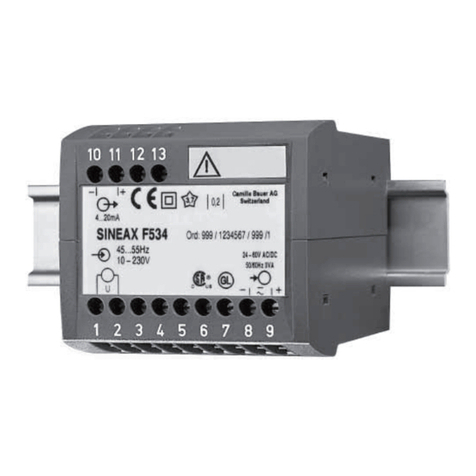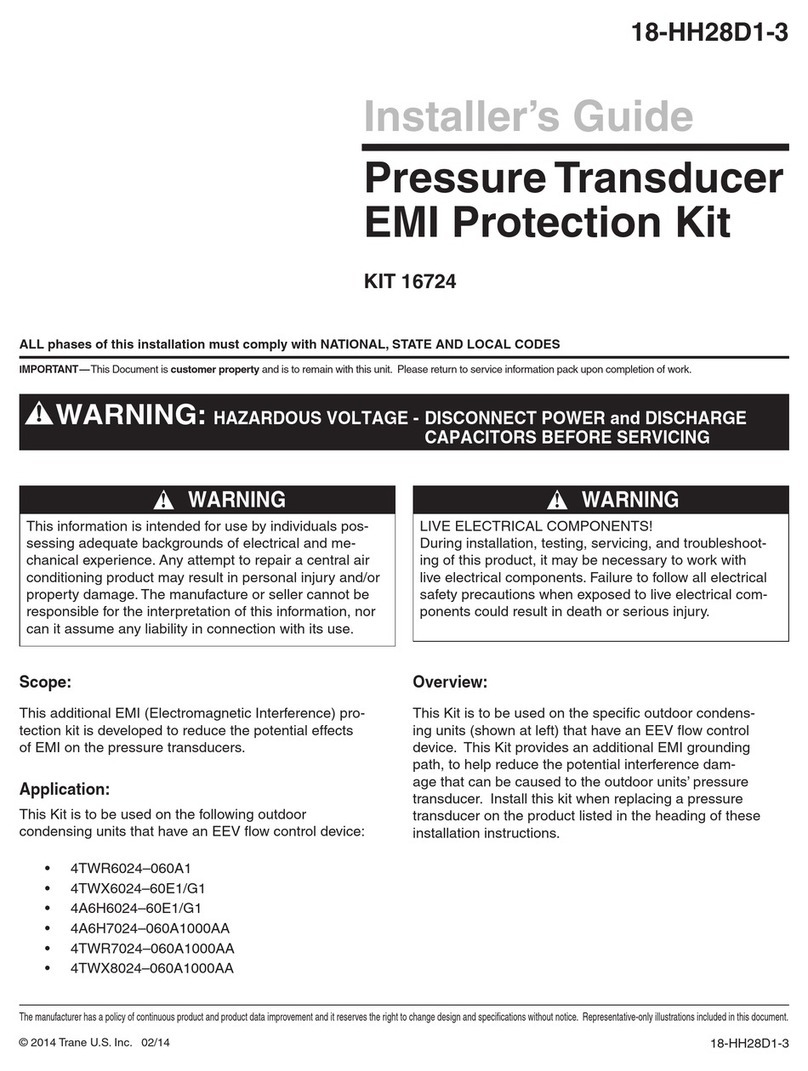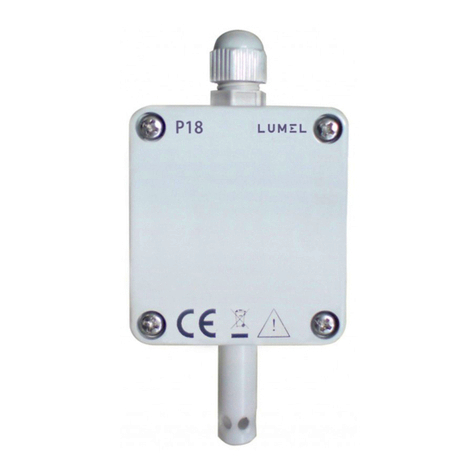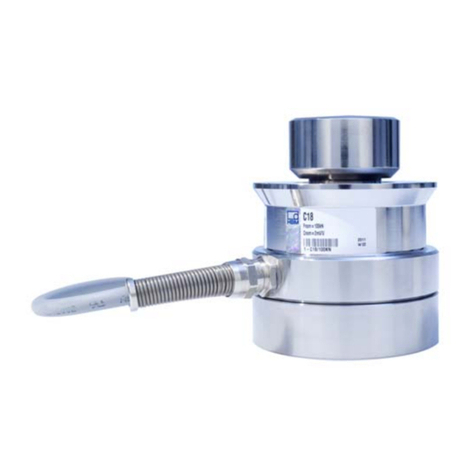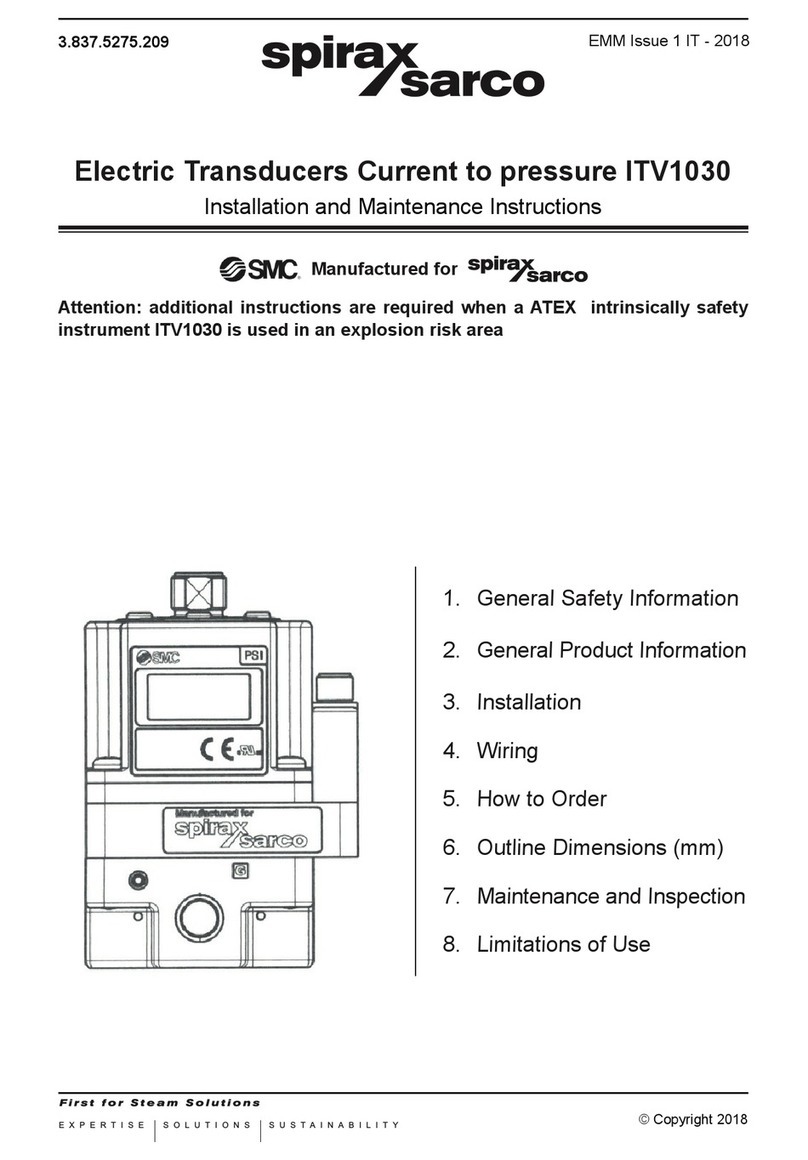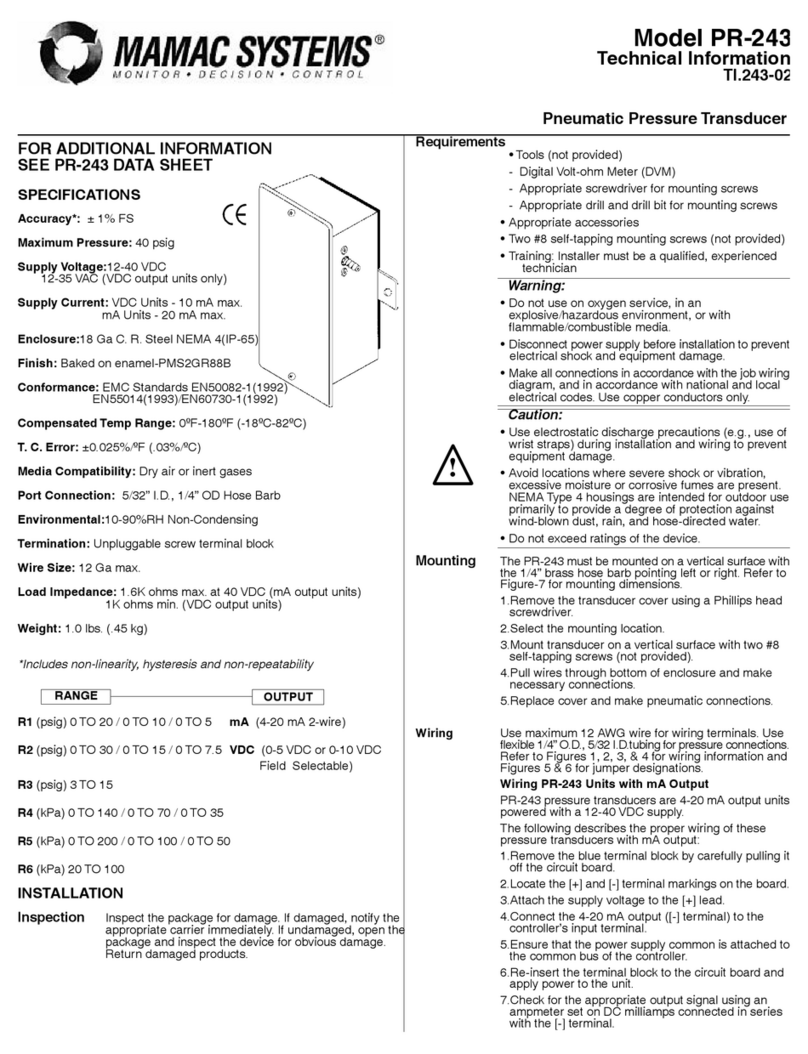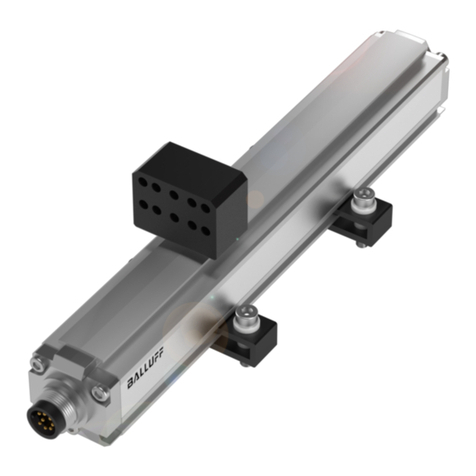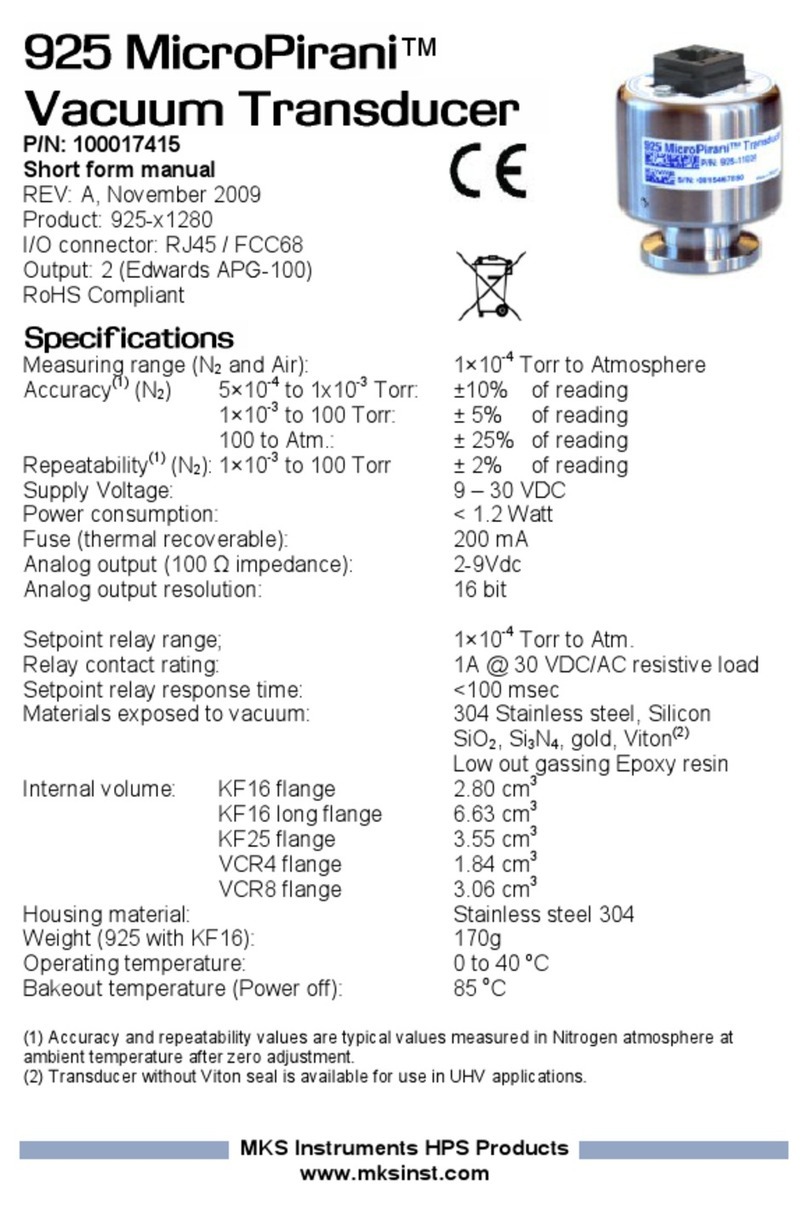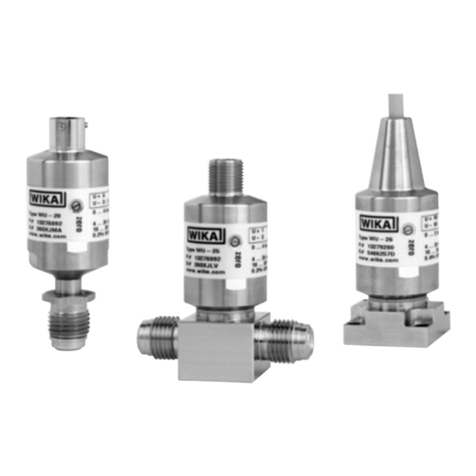3
TABLE OF CONTENTS
Section Page
1 INTRODUCTION 1
1.1 Theory of Operation/Magnetostriction 1
1.2 Temposonics II LDT Specifications 2
1.3 Specifications for Temposonics II LDTs over 180 inches 3
2 TEMPOSONICS II LDT INSTALLATION 4
2.1 Types of Transducer Supports 6
2.1.1 Loop Supports 6
2.1.2 Channel Supports 7
2.1.3 Guide Pipe Supports 7
2.2 Open Magnets 8
2.3 Spring Loading and Tensioning 8
2.4 Cylinder Installation 8
2.5 Installing Magnets 11
3 GROUNDING 12
4 DIGITAL SYSTEM CONFIGURATIONS 13
4.1 Specifications of Digital System Components 14
4.2 Digital Personality Module 15
4.2.1 Synchronous (External Interrogating) Mode 15
4.2.2 Asynchronous (Internal Interrogating) Mode 16
4.2.3 Operation During Loss of Signal 16
4.3 RS422 Personality Module 17
4.4 Digital Counter Card 18
4.4.1 Scaling 19
4.4.2 Spare Parts/Inventory Considerations 19
5 DIGITAL SYSTEM ADJUSTMENTS 20
6 ELECTRONIC CONNECTIONS 21
6.1 General 21
6.2 Transducer Connections 22
6.3 Digital Counter Card Connections 24
6.3.1 Latch Pulse 25
6.3.2 Protocol 25
6.3.3 Latch Inhibit Input 25
6.4 Counter Cards - Natural Binary Output 26
6.5 Counter Cards - BCD Output 29
6.6 System Calibration 32
6.6.1 Re-zeroing the Digital Counter Card 32
6.6.2 Scaling the Digital Counter Card 37
APPENDICES
A How to Specify Systems with Digital Output 38
B Digital Personality Module (DPM) Programming Procedure (Asynchronous Mode) 45
C Modification to the Digital Interface Box 49
D Troubleshooting 51
